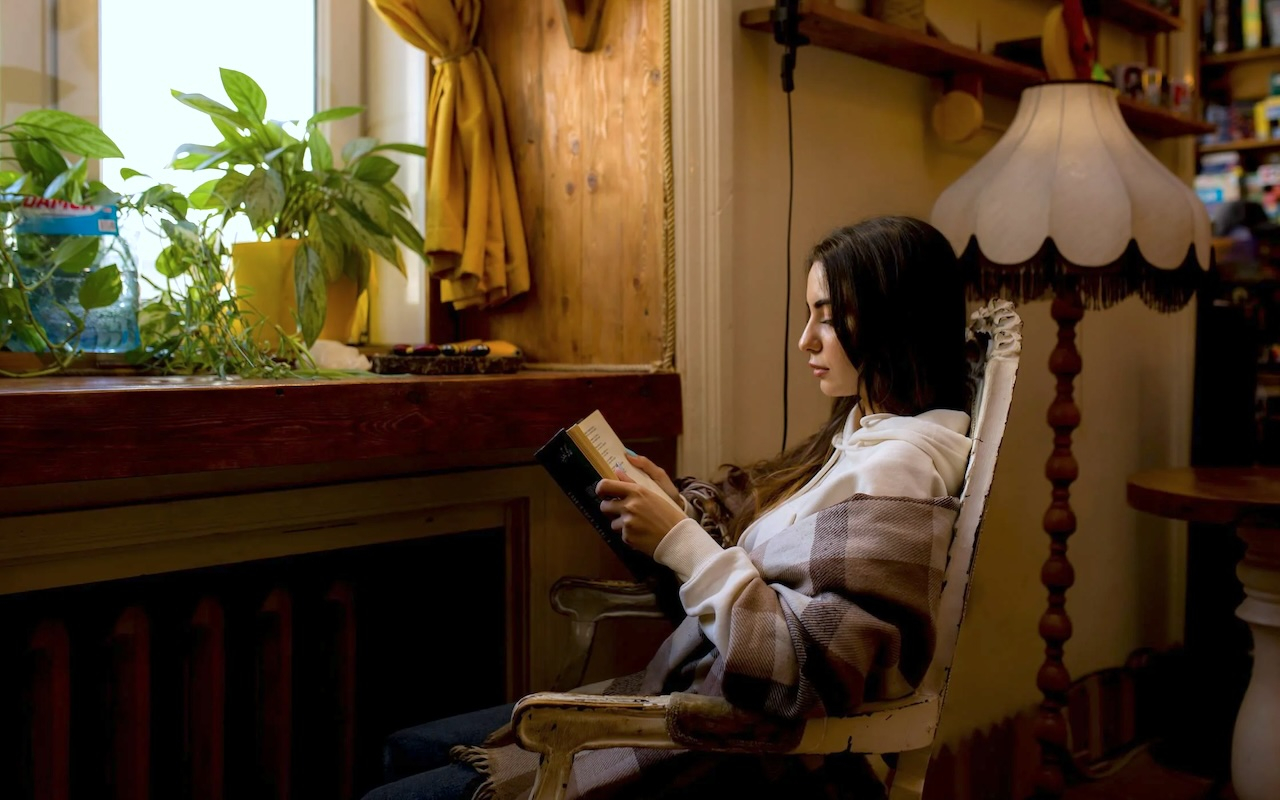The art of hygge: Bringing warmth and comfort to every room

Hygge (pronounced “hoo-ga”), the Danish concept of contentment and well-being, is about creating an atmosphere of warmth and comfort in your home. Here are some ideas for how to infuse this cosy philosophy into the living spaces.
Understanding hygge
Hygge is more than just decor; it’s about creating an atmosphere that encourages relaxation and connection. It’s the feeling of sipping hot cocoa by the fireplace or enjoying a heartfelt conversation with friends in a comfortable setting.
Cosy foundations
Start from the ground up with soft, plush carpets or rugs. As per Designer Carpet, an online store that specialises in upmarket carpeting, notes, “The right carpet can make a room feel instantly more inviting. It’s about how it feels beneath your feet, creating that sense of comfort that’s so central to hygge.”
Consider neutral tones or soft patterns for your flooring. A thick, luxurious pile carpet in the living room or bedroom instantly adds warmth. Area rugs can define cosy spaces within larger rooms, creating intimate nooks for relaxation.
Soft lighting
Swap harsh overhead lights for warm, soft alternatives. Use table lamps with soft white bulbs, fairy lights, and candles to create a gentle, inviting glow. Dimmer switches allow you to adjust the ambiance throughout the day.
Research [PDF] carried out in Denmark has shown that soft, warm lighting can significantly impact our perception of comfort and cosiness in a space.
Texture and comfort
Layer your spaces with a variety of textures. Chunky knit blankets, velvet cushions, and sheepskin throws invite touch and create visual interest. Mix smooth and rough textures for balance, and don’t be afraid to combine different materials.
Comfy corners
Create dedicated relaxation areas in your home. A reading nook with a comfortable chair and good lighting, a window seat filled with cushions, or a dining area with soft seating all encourage lingering and enjoyment of simple pleasures. Pinterest has some fantastic inspiration for what you can do.
Natural elements
Bring the outdoors in with potted plants, wooden furniture, and natural fibres. These elements ground the space and connect you to nature. Consider stone accents or bowls of pinecones for added organic touches.
Indoor plants aren’t just beautiful looking. Incorporating nature into our living spaces can also reduce stress and increase well-being, a concept known as biophilic design.
Mindful decluttering
Keep your hygge items purposeful. Display only objects that bring joy or have special meaning. Use attractive storage solutions to keep necessary items close but tidy. A clutter-free space allows you to fully relax and enjoy your hygge elements.
Embrace imperfection
Remember, hygge is about feeling, not perfection. Your space should feel lived-in and loved. Don’t stress about perfectly aligned cushions or immaculate surfaces. Allow your home to evolve naturally with your life and tastes.
In fact, imperfection is embraced in Japandi, a spin-off of the Scandi look. According to Marie Kondo, Kintsugi, which is the practice of repairing broken objects to make them more beautiful, “encourages us to fix rather than discard, thus placing a higher value on the objects we bring into our lives.”
The editorial unit























Facebook
Twitter
Instagram
YouTube
RSS